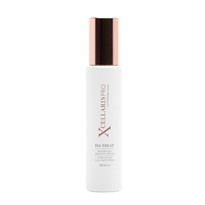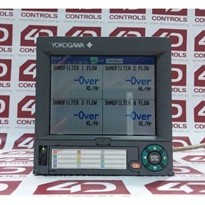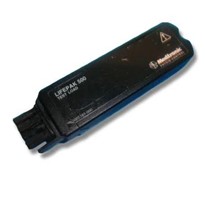The number of people affected is increasing rapidly and no treatment currently exists. The death rate can reach 90 per cent.
The virus
The Ebola virus is from the filovirus family and ultimately quite close to the paramyxoviruses, of the mumps or measles type.
The genome codes nine functional proteins. It is a single-stranded DNA virus belonging to group V of the Baltimore classification.
Contagion
It is an extremely contagious virus, especially in the terminal phase, i.e. when the patients are incapable of moving by themselves and need close care.
The initial mode of transmission is from animals via bats, but human-to-human at the end of the process. The transmission factors are then associated with biological human liquids (blood, saliva, secretions).
Treatments and prevention
In view of the absence of internal treatment, careful prevention and disinfection remain essential.
Sites accepting those who are ill must be carefully disinfected. The virus remains sensitive to chlorine derivatives and to hydrogen peroxide.
The NOCOSPRAY-NOCOLYSE concept is therefore perfectly appropriate for uniform disinfection of the premises, because all surfaces must be treated scrupulously and uniformly to be effective.
To limit the wave of contagion as much as possible, the absence of a human presence in the premises is a decisive factor. Automated disinfection of surfaces without a human presence is therefore strongly recommended.
Recommended treatment
NOCOSPRAY-NOCOLYSE protocol
1- When the sick patient comes out, perform a treatment in the premises without cleaning using NOCOLYSE (5ml/m3) and wait 2 hours to reduce the primary risk factor.
2- Proceed to clean the room wearing a protective suit with manual elimination of stains such as blood, saliva, secretion, using BIOSWEEP Z. Then start a new NOCOSPRAY- NOCOLYSE treatment cycle (5ml/m3) and wait 2 hours.



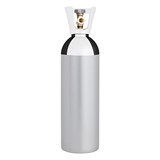

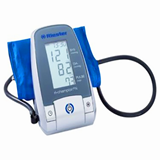





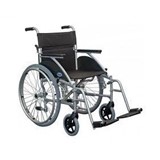

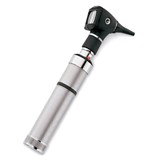
-160x160-state_article-rel-cat.png)



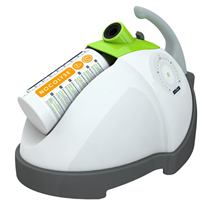
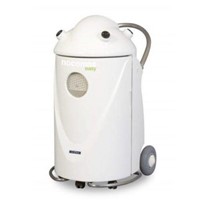
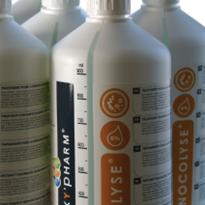
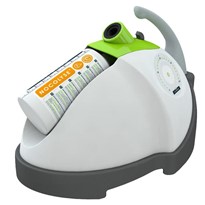
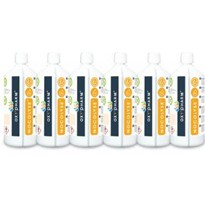
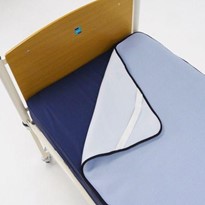
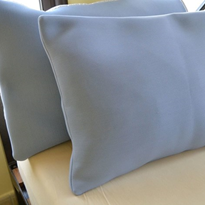
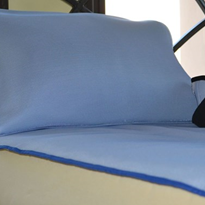
-375x300-205x205.jpg)
